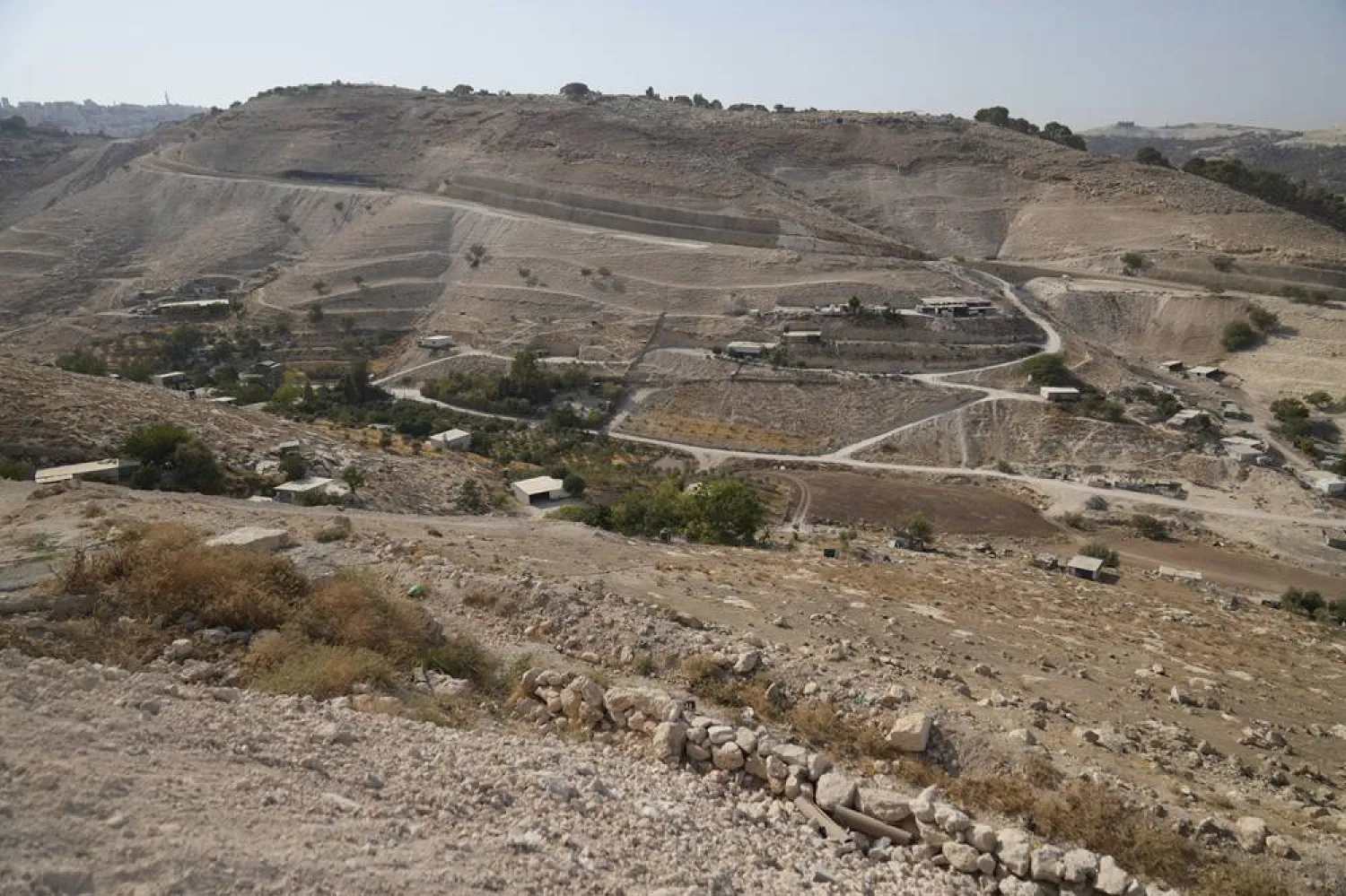Iranian Foreign Minister Mohammed Javad Zarif is expected to pay a two-day visit to Lebanon later this week to meet with senior officials, as well as Hezbollah leader Hassan Nasrallah.
The trip comes in wake of Nasrallah’s recent announcement that Tehran was ready to offer Lebanon arms and funds. He did not disclose further details about the proposal.
A diplomatic source said that Zarif would discuss with officials a proposal to provide the Lebanese army with an Iranian air defense system, which according to Nasrallah would make the military “the strongest in the region.”
The minister is scheduled to hold talks on Sunday and Monday with President Michel Aoun, Speaker Nabih Berri, Prime Minister Saad Hariri and Foreign Minister Jebran Bassil.
The source said that Zarif will also explain to officials Tehran’s stance on its conflict with the United States, saying that any American attack on Iranian positions will incur a violent retaliation.
Nasrallah had said: “We will be involved in any war on Iran.”
Asharq Al-Awsat approached Defense Minister Elias Bou Saab to comment on Nasrallah’s speech. He revealed that he had not yet had the time to address it because he had just returned to Lebanon from a trip to Washington.
“At any rate,” he added, “I support anyone who helps in arming the military if it is needed.”
Iran had originally officially proposed arming the military in 2014 during a trip by then Defense Minister Samir Moqbel to Tehran where he visited weapons factories.
Iranian officials had suggested that the minister list the needs of the Lebanese military so that they could be provided by Tehran.
Indeed, Moqbel presented a report on the matter to cabinet, but discussions over the issue came to halt after the US threatened to halt its armament and training to the Lebanese army.
An informed minister expected that Beirut will take its time in responding to Zarif’s proposal should he present it.
He may, on the other hand, renew his country’s offer to provide Lebanon will electrical power.
Nasrallah had addressed this issue during a speech Wednesday when he revealed that Tehran could provide Lebanon with its power needs in less than a year and at low costs.







